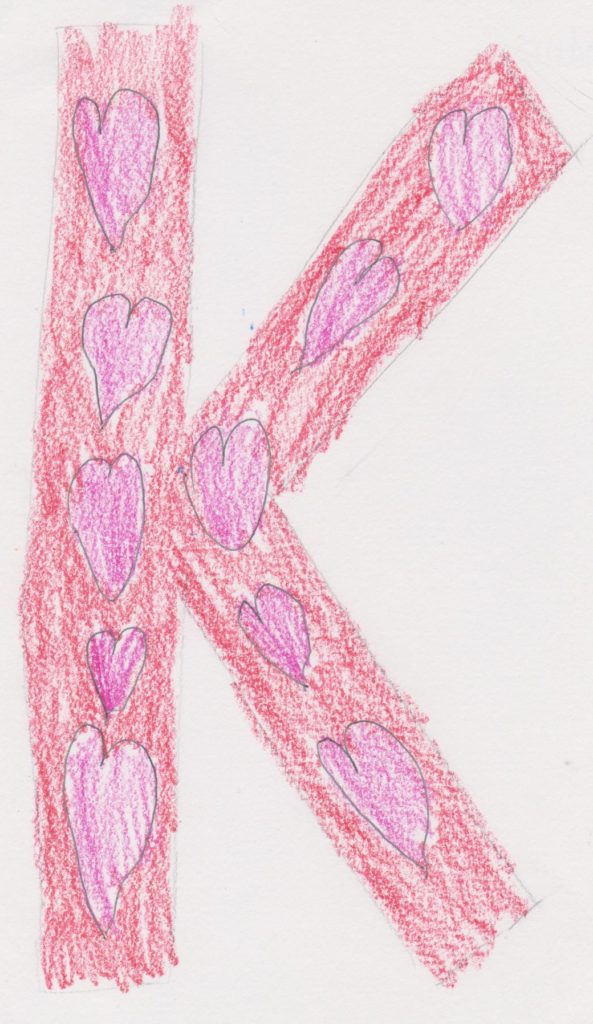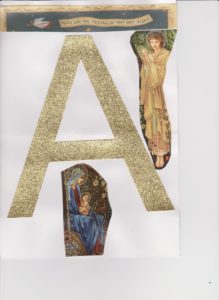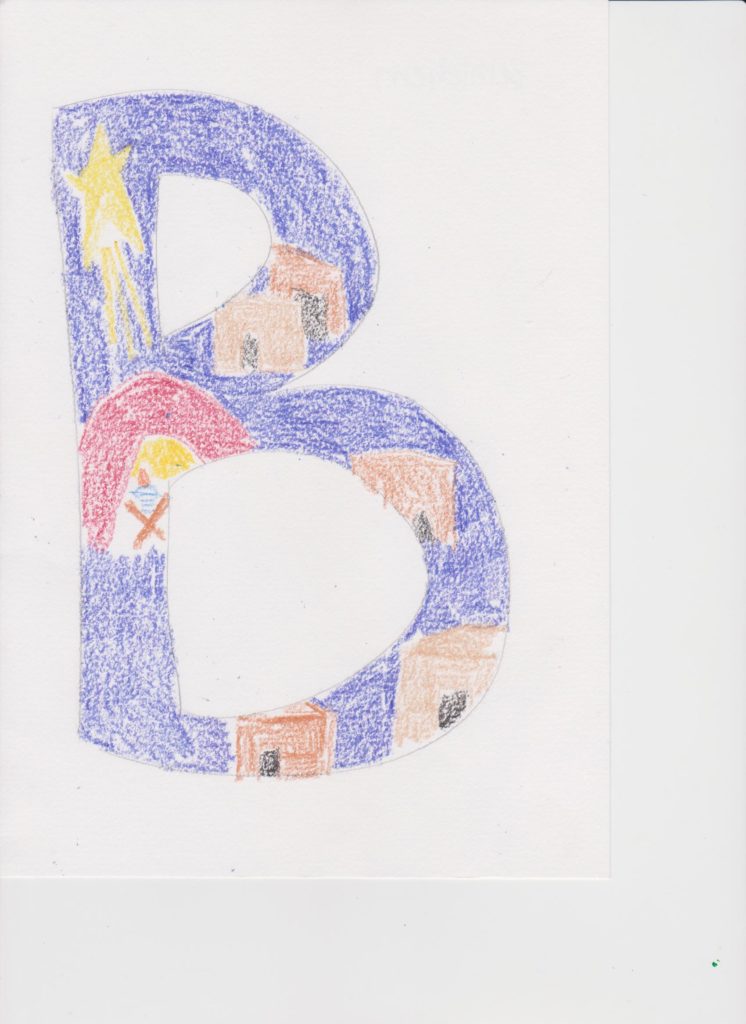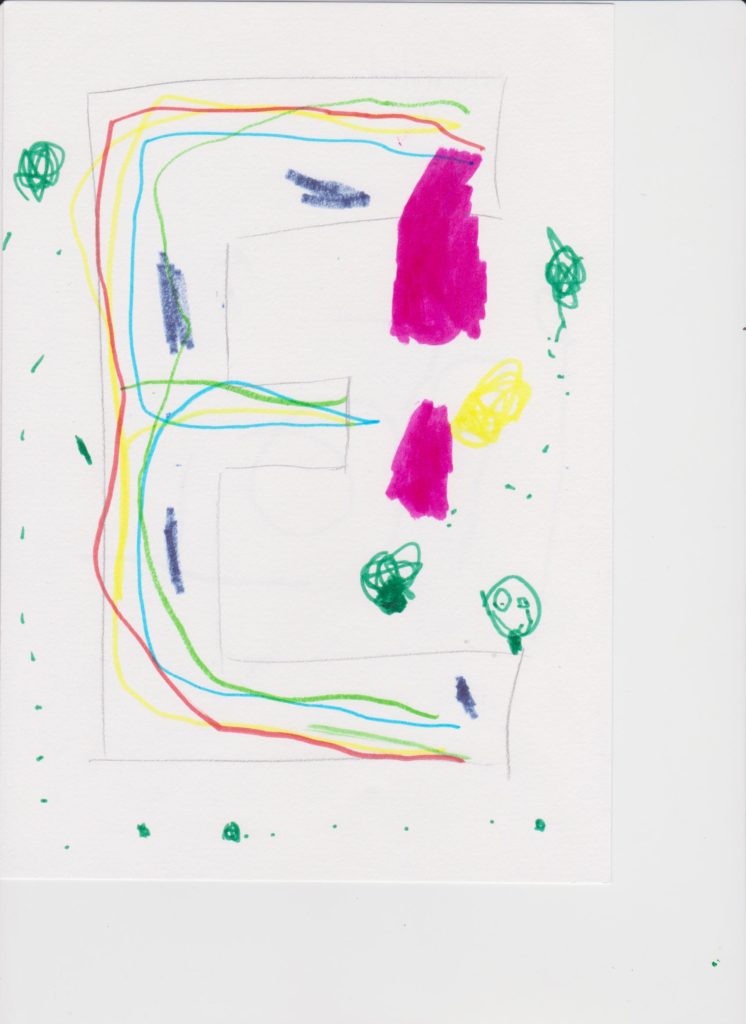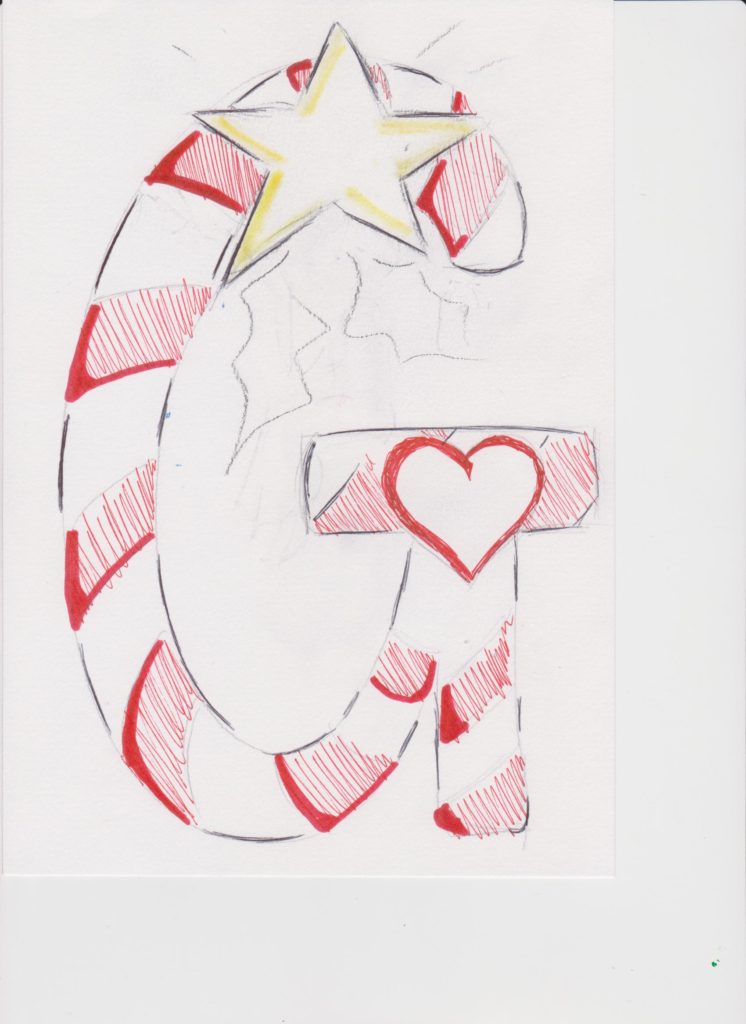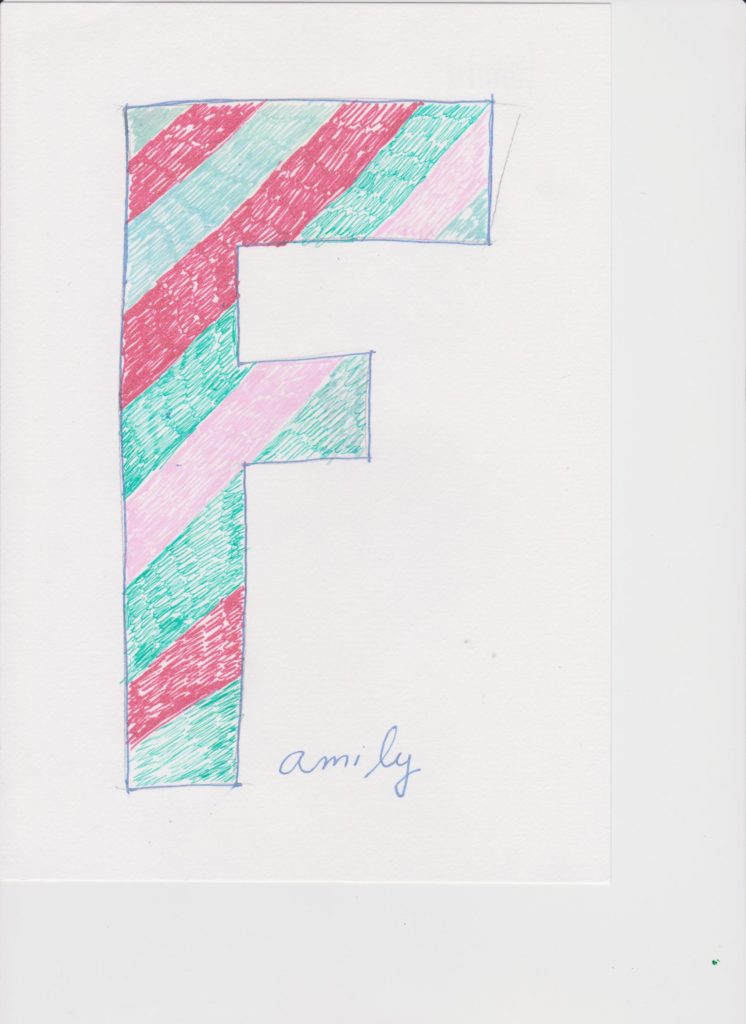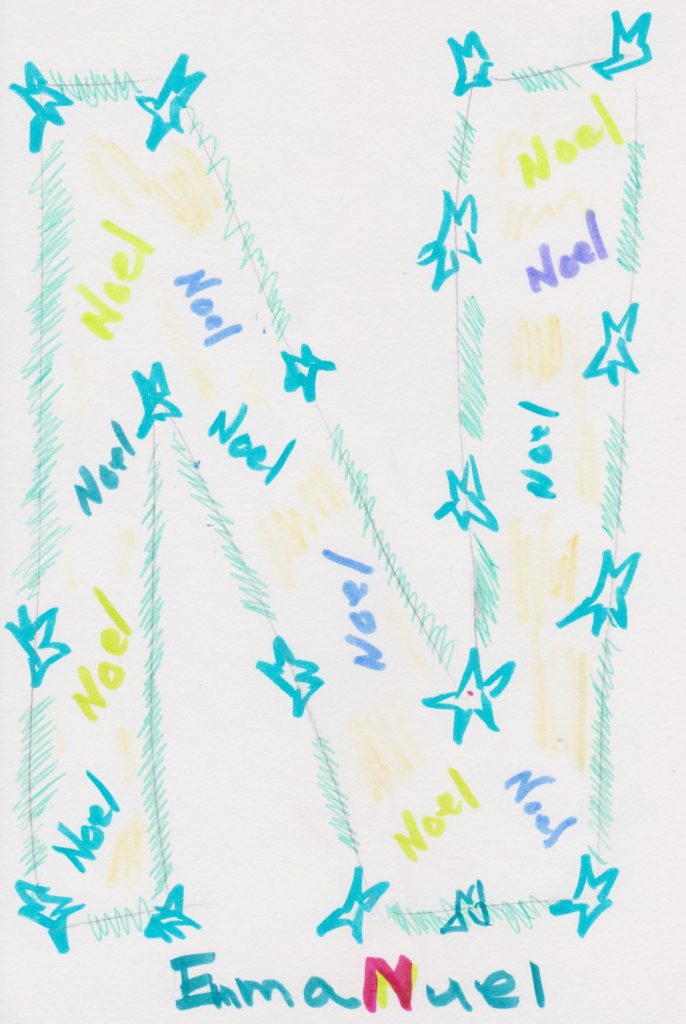
Noel is a word borrowed from French. The French word has its roots from Latin’s natalis, having to do with birth. Nativity is another birth-related word we hear around Christmas time. For practicing Christians, this makes all the sense in the world because Christmas is celebrating the birth of Christ. It’s easy for me to forget that things that to me, seem a given, aren’t necessary in the general consciousness of everyone.
I wonder sometimes about original meanings. Sometimes accepted meanings of words morph over time. And quite often the meaning of events shifts. I have been known to stand on my soapbox and declare THE REAL MEANING of things. In grade school my class was making a Christmas mural and I refused to participate. The scene depicted Santa and his reindeer flying across the sky on Christmas Eve. I told the teacher that wasn’t the REAL MEANING of Christmas. So after a brief conference with my parents, I was allowed to draw a manger scene underneath the sled.
How do we listen to one another for understanding when we don’t even share common understandings of what things mean? The most hotly debated issues in our society today often mean different things and different words are used to mean the same things. When does life begin? Can a human being be an “illegal”? Is a person a racist or do people do racist things? Is one quarantining or simply self-isolating?
All too often public discourse shapes the meaning of words we use in ways we are not intentionally conscious about. We are a word-oriented society in that we rely most heavily on words to communicate meaning. Being word-oriented is also an assumption of Christianity – especially Lutheran, western Christianity. In the beginning was the Word…
What does it look like to convey meaning in wordless sound? How does it feel to receive another through visual marks and colors? What do movements of one’s body evoke? What experience of the divine do we have when we sit together in silence?
Words matter. They also aren’t all there is. And they carry with them stories. What stories arise in you from Noel?

